Small-scale farming is unable to survive.
In the memory of a person with more than 20 years of experience in the "seven-dap" profession (a profession specializing in buying pigs to butcher and sell meat), Mr. Nguyen Van Ngoc in Kim Chau area, Binh Dinh ward (An Nhon town, Binh Dinh) has never seen the price of live pigs increase so high after Tet as it is now.
“During Tet, I had to slaughter 4-5 pigs. In previous years, after Tet, the price of pigs usually dropped, so I only slaughtered one pig a day, selling some to customers and opening a stall to sell to people in the neighborhood. This year, it was the opposite, after Tet, the price increased,” Ngoc shared.
From a professional perspective, Mr. Huynh Ngoc Diep, Head of the Department of Animal Husbandry and Veterinary Medicine of Binh Dinh, shared: Currently, the price of pigs raised on farms in Binh Dinh fluctuates from 70,000-75,000 VND/kg of live weight, while pigs raised in households cost nearly 70,000 VND/kg.
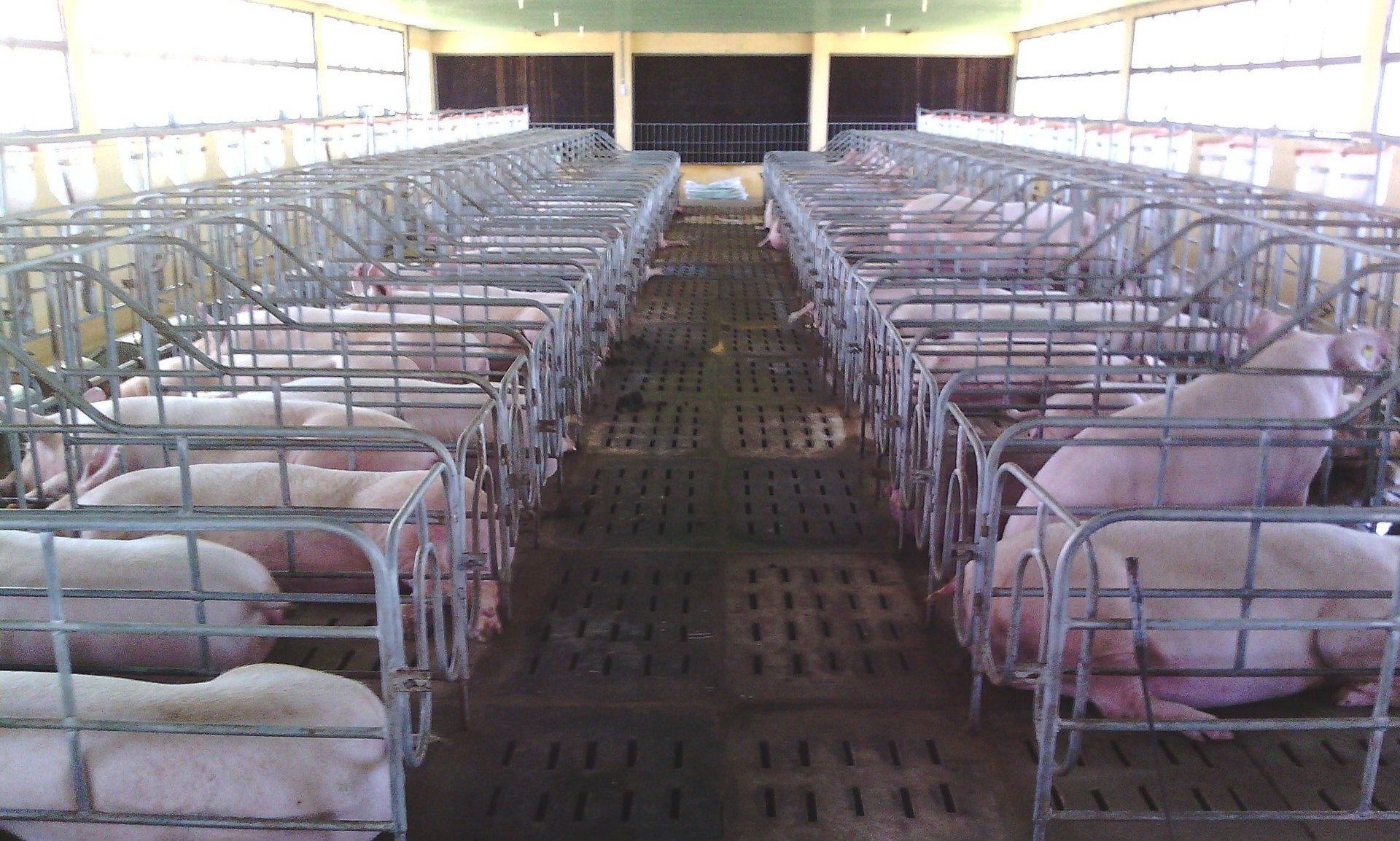
Pigs raised at a farm in Binh Dinh are currently priced at 70,000-75,000 VND/kg. Photo: V.D.T.
“The current sharp increase in pork prices is due to a local shortage of pigs in the market. The reason is that before June 2024, pork prices have been low for a long time. At that time, only large-scale industrial pig farms could survive. Meanwhile, Binh Dinh was previously affected by African swine fever, and now the pathogen still exists in the environment and can break out at any time. Due to many concerns, household pig farming has decreased sharply. In February-March 2024, Binh Dinh authorities conducted a survey and found that most small-scale pig farmers in the area had “hung up their pig pens” because the price of animal feed had not decreased and the price of pigs was too low,” said Mr. Huynh Ngoc Diep.
According to Mr. Diep, recently the authorities have controlled the problem of smuggled pigs from abroad across the border into our country well, the market has not been devalued by smuggled pigs while domestic supply is limited. Not to mention the third storm in 2024 that swept away livestock in many northern provinces, including many breeding sows.
“It takes time to restore the breeding sow herd, so after Tet, the market is short of breeding pigs. Small-scale farmers want to restore their herds but the price of breeding pigs is sky-high, so they cannot afford to buy and raise them,” said Mr. Diep.
Not to mention Mr. Nguyen Van Binh, who has more than 10 years of pig farming experience in An Duc commune (Hoai An district, Binh Dinh) often has more than 10 breeding sows and 100 pigs for meat; Binh keeps all the breeding pigs that the sows give birth to. However, before the Lunar New Year of At Ty 2025, Mr. Binh's sow herd got sick, forcing him to "dispose" of the sow herd. After Tet, the price of live pigs on the market increased, but Mr. Binh did not have breeding pigs to rebuild the herd. Mr. Binh did not dare to buy breeding pigs from outside to rebuild the herd, because the price of breeding pigs was twice as high as before.
Businesses are pouring money into major projects.
According to Mr. Huynh Ngoc Diep, Head of the Department of Animal Husbandry and Veterinary Medicine of Binh Dinh, previously, the cost of live pigs was only 50,000 VND/kg for pigs raised in households, and if pigs were raised industrially with a closed process, the cost was under 50,000 VND/kg. Now, when the price of piglets increases, the cost of live pigs increases to about 55,000 VND/kg, but with the current high price of live pigs, raising 1 pig can earn a profit of 1.5-1.7 million VND/pig. This attractive profit level has made many small-scale farmers unable to resist, so they rush to buy piglets to restore their herds.
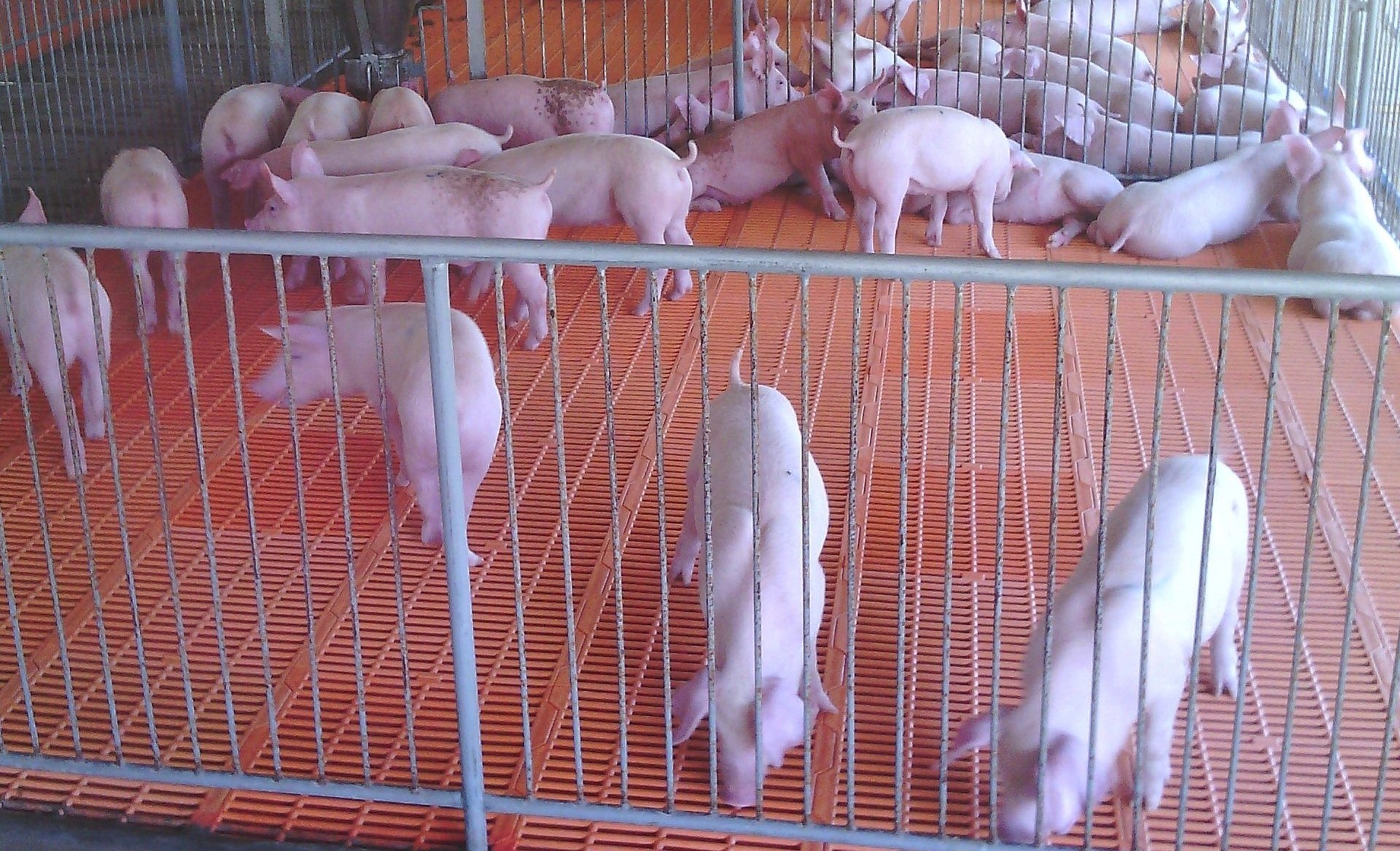
Currently, the price of piglets in Binh Dinh has doubled compared to before. Photo: V.D.T.
Faced with this situation, Binh Dinh authorities recommend that people should not rush to restore their herds, because the current increase in pig prices is only a sudden change and not sustainable, because when the northern provinces have restored their pig herds, the market will be saturated and pig prices will return to their old levels.
“Massive pig herd restoration at this time is not beneficial because piglet prices are rising, the weather is complicated, while the African swine fever virus still exists in the environment and can break out at any time. Buying piglets at a high price but accidentally catching the disease will make farmers more miserable,” Mr. Huynh Ngoc Diep shared.
According to Mr. Diep, the total pig herd in Binh Dinh is currently about 720,000 (not including piglets with their mothers), most of which are pigs raised on farms and family farms. Binh Dinh currently has more than 770 large, medium and small-scale pig farms; mainly concentrated in Hoai An, Phu Cat districts and An Nhon town.
In 2024 alone, Binh Dinh will attract 7-8 pig farming projects, each project's scale is from 24,000-36,000 pigs/batch. Vinh Thanh district alone has 2 pig farming projects with a scale of 24,000 pigs/batch/project; each year, 1 project supplies the market with 48,000 pigs, higher than the total pig herd of Vinh Thanh district. Tay Son district also has 1 such pig farming project, Phu My district has 2 projects, Hoai Nhon town has 1 project.
“The Thagrico Binh Dinh high-tech pig breeding project of Truong Hai Binh Dinh Agricultural Company Limited in Dai Khoan village, Cat Lam commune (Phu Cat district, Binh Dinh) has a scale of 106.9 hectares, raising 13,500 breeding pigs; of which, 500 are great-grandparent pigs, 3,000 are grandparent pigs, the rest are parent pigs, supplying the market with more than 200,000 breeding pigs and 24,000 pigs for meat each year. Recently, this company has sent a document asking the province for an additional 63 hectares to increase the total herd of pigs for meat to 58,000 pigs/batch,” said Mr. Huynh Ngoc Diep.
The current high price of piglets is a big challenge for small-scale farmers in Binh Dinh, but it is also an opportunity for the province's functional sector to restructure the livestock industry. Because according to the orientation, in the near future, Binh Dinh will reduce household livestock farming and develop concentrated livestock farming, high-tech, closed-scale, biosafety farm farming.
Currently, Binh Dinh continues to promote the development of farm-scale livestock farming, applying high technology, and raising livestock in the direction of biosafety to minimize diseases according to the agricultural restructuring plan for the period 2021-2025 to implement Action Program No. 11-Ctr/TU of Binh Dinh Provincial Party Committee on developing high-tech agriculture associated with promoting new rural construction in the province for the period 2020-2025.
“If the price of pigs raised in households returns to 55,000-60,000 VND/kg, both farmers and consumers will benefit. Because, at that time, breeding pigs will definitely decrease, the cost of 1kg of live pigs will also decrease to only 50,000 VND/kg, farmers will still make a profit of 5,000-10,000 VND/kg; a pig raised to 100kg, when sold, will make a profit of about 500,000 to 1 million VND, then farming will be effective”, Mr. Huynh Ngoc Diep, Head of the Department of Animal Husbandry and Veterinary Medicine of Binh Dinh shared.
Source: https://nongnghiep.vn/bao-gia-lon-can-quet-bai-4-nong-ho-hut-hoi-doanh-nghiep-chiem-san-choi-d744109.html


![[Photo] Magical moment of double five-colored clouds on Ba Den mountain on the day of the Buddha's relic procession](https://vphoto.vietnam.vn/thumb/1200x675/vietnam/resource/IMAGE/2025/5/9/7a710556965c413397f9e38ac9708d2f)
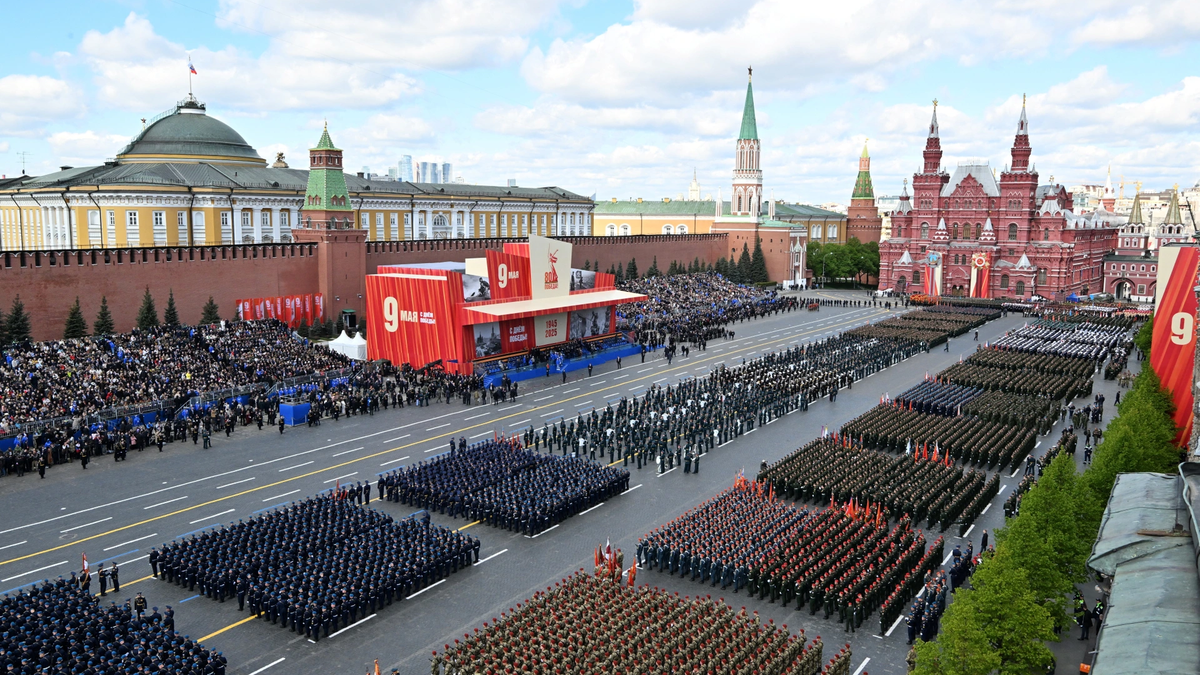
![[Photo] Russian military power on display at parade celebrating 80 years of victory over fascism](https://vphoto.vietnam.vn/thumb/1200x675/vietnam/resource/IMAGE/2025/5/9/ce054c3a71b74b1da3be310973aebcfd)
![[Photo] Prime Minister Pham Minh Chinh chairs a special Government meeting on the arrangement of administrative units at all levels.](https://vphoto.vietnam.vn/thumb/1200x675/vietnam/resource/IMAGE/2025/5/9/6a22e6a997424870abfb39817bb9bb6c)
![[Photo] General Secretary To Lam and international leaders attend the parade celebrating the 80th anniversary of the victory over fascism in Russia](https://vphoto.vietnam.vn/thumb/1200x675/vietnam/resource/IMAGE/2025/5/9/4ec77ed7629a45c79d6e8aa952f20dd3)

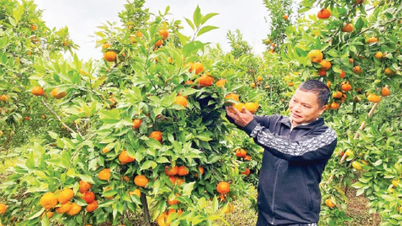
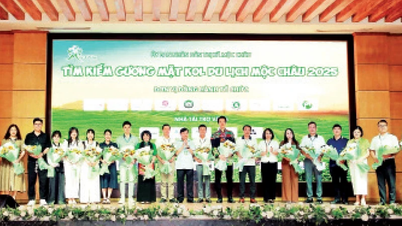
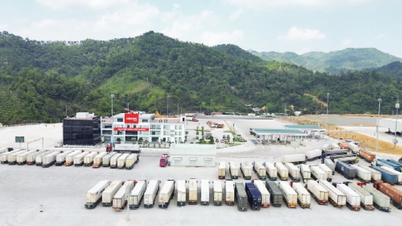
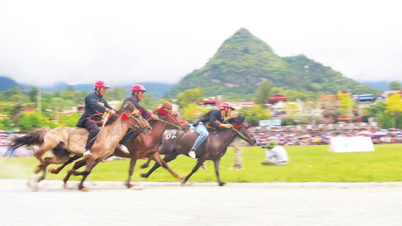
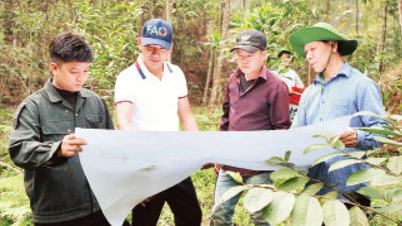








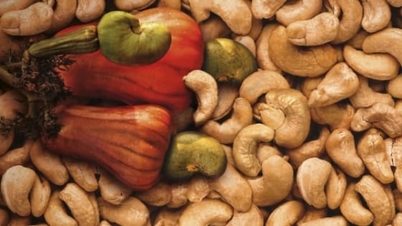
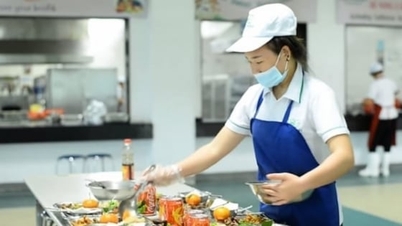
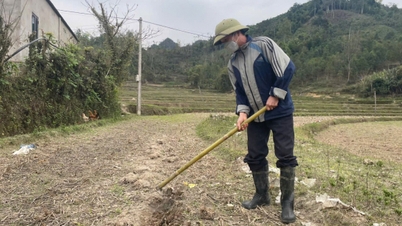



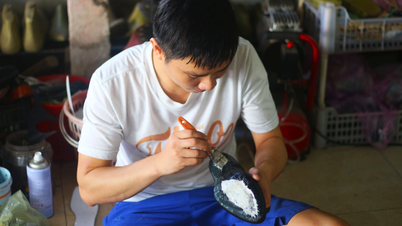













































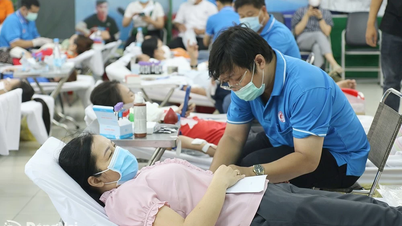

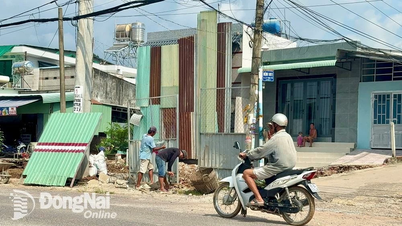
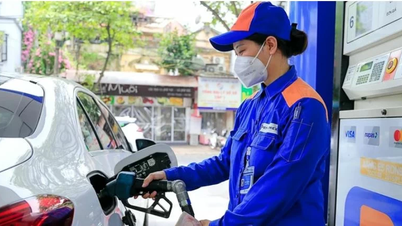










Comment (0)